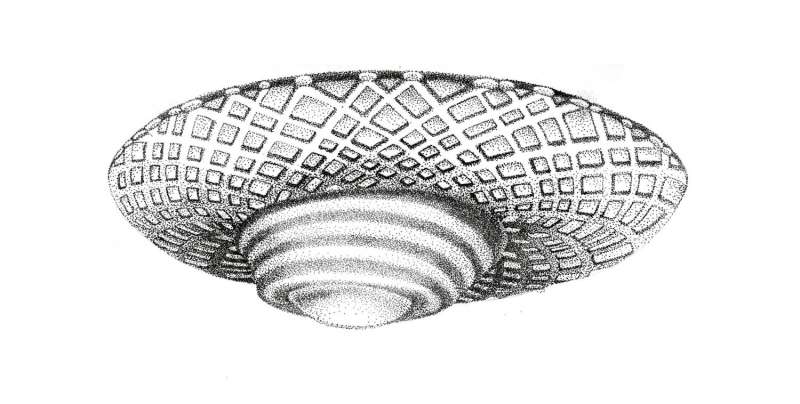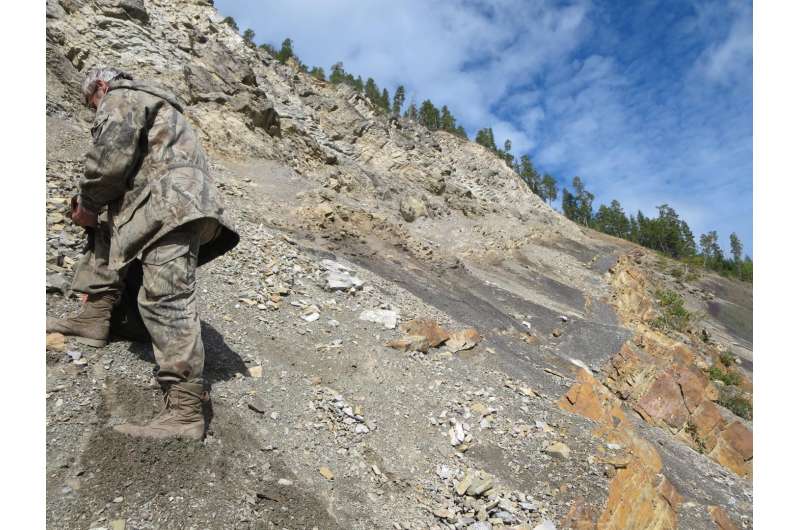Skeletons evolved as ocean chemistry changed

Skeletons and shells first came into being 550 million years ago as the chemical make-up of seawater changed, a study suggests.
Ancient marine life may have developed from soft-bodied animals into creatures with hard body parts as oxygen levels rose and calcium and magnesium levels in prehistoric oceans changed, researchers say.
Until now, little was known about how skeletons and shells – which are made of calcium carbonate – first evolved, the team says. Previous theories suggested that soft-bodied organisms had undergone a mass extinction, which allowed organisms with skeletons and shells to flourish.
However, Edinburgh researchers have found that the earliest lifeforms with hard body parts co-existed with closely related soft-bodied species. The team examined a range of fossils unearthed from limestone rocks in Siberia, which formed millions of years ago from seawater with high levels of calcium carbonate.
They concluded that hard-bodied lifeforms were first present only in such environments where high levels of calcium carbonate allowed organisms to develop primitive hard parts. Around 10m years later, the diversity of life of Earth increased rapidly – a period known as the Cambrian explosion – and hard-bodied life began to thrive. An increased threat from predators led lifeforms to develop new, more complex hard parts in environments that were less carbonate-rich, the team says.

The development of hard body parts – through a process called biomineralisation – marked a significant evolutionary advance from the previous world of soft-bodied life, the team says. The study is published in the journal Proceedings of the Royal Society B. The research was carried out in collaboration with Lomonosov Moscow State University.
"How animals produced shells and skeletons is one of the major events in the evolution of life. We are only now starting to understand the processes underlying this revolution," says Professor Rachel Wood of the School of GeoSciences.
More information: Rachel Wood et al. First macrobiota biomineralization was environmentally triggered, Proceedings of the Royal Society B: Biological Sciences (2017). DOI: 10.1098/rspb.2017.0059
Journal information: Proceedings of the Royal Society B
Provided by University of Edinburgh





















